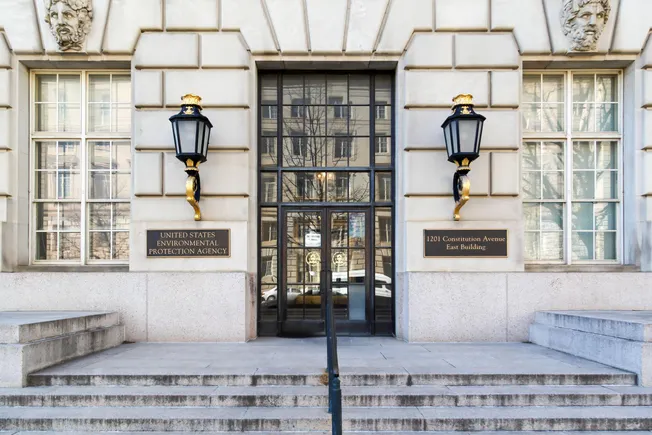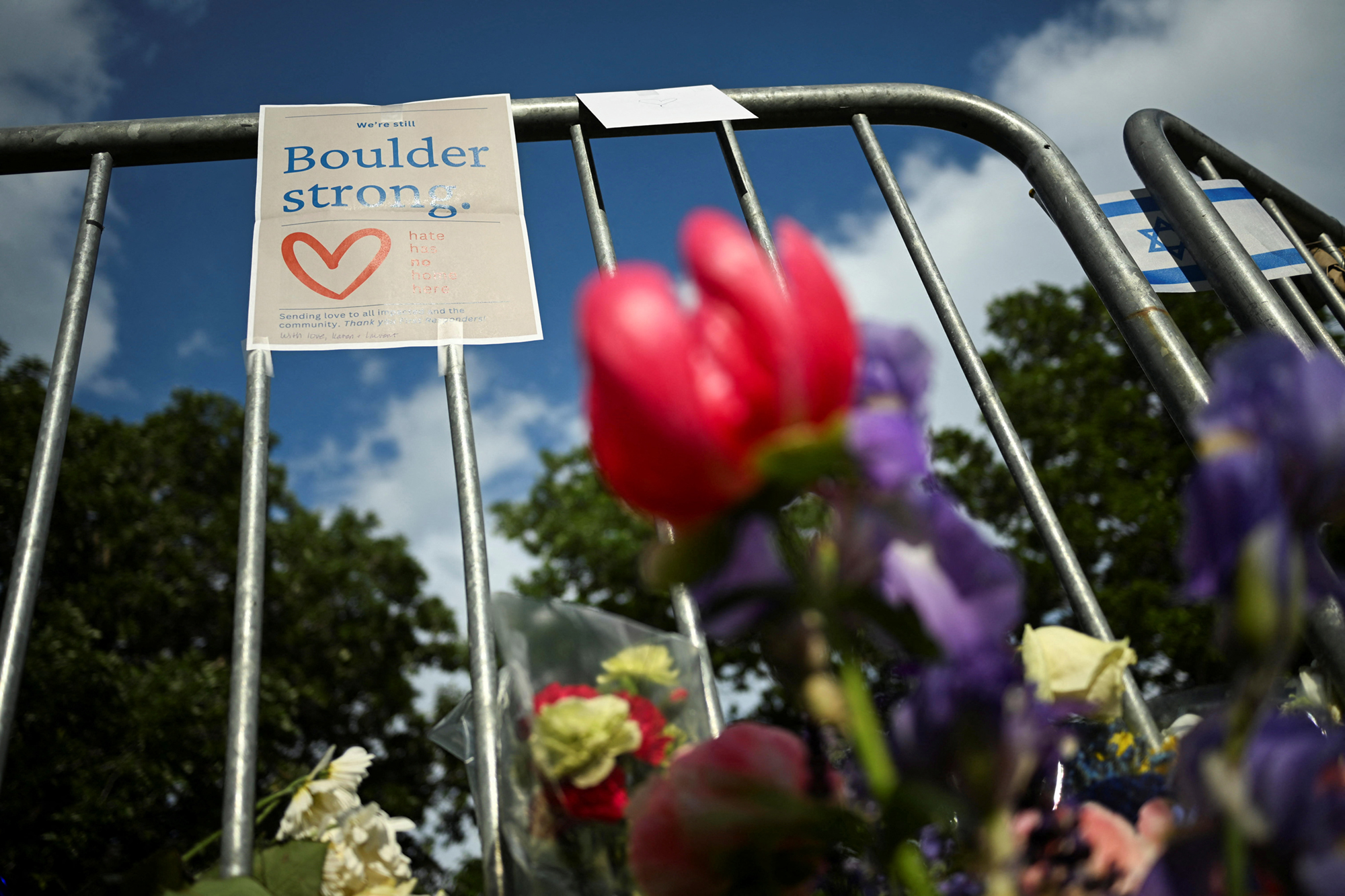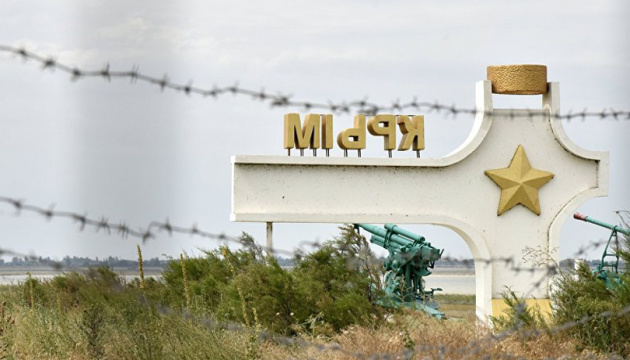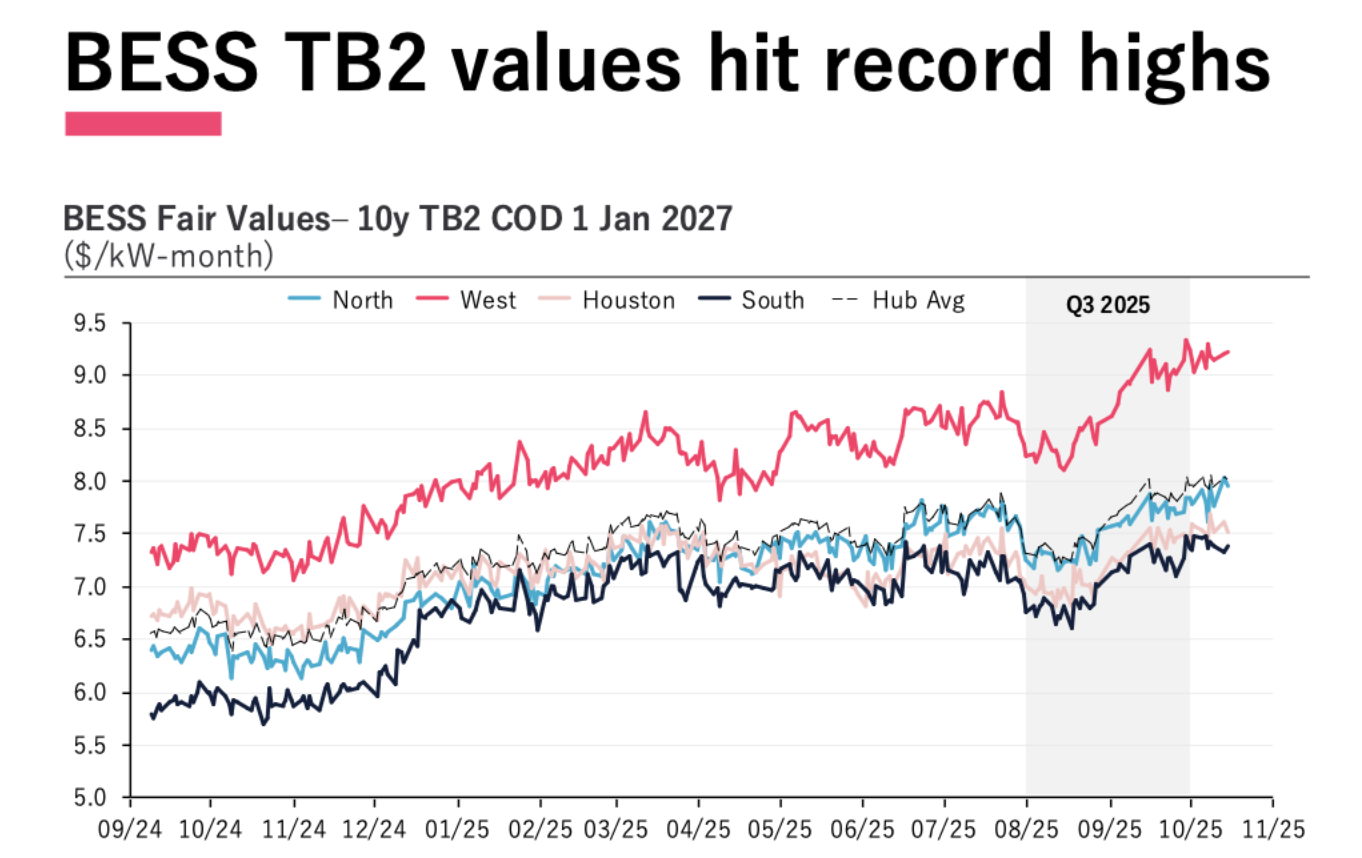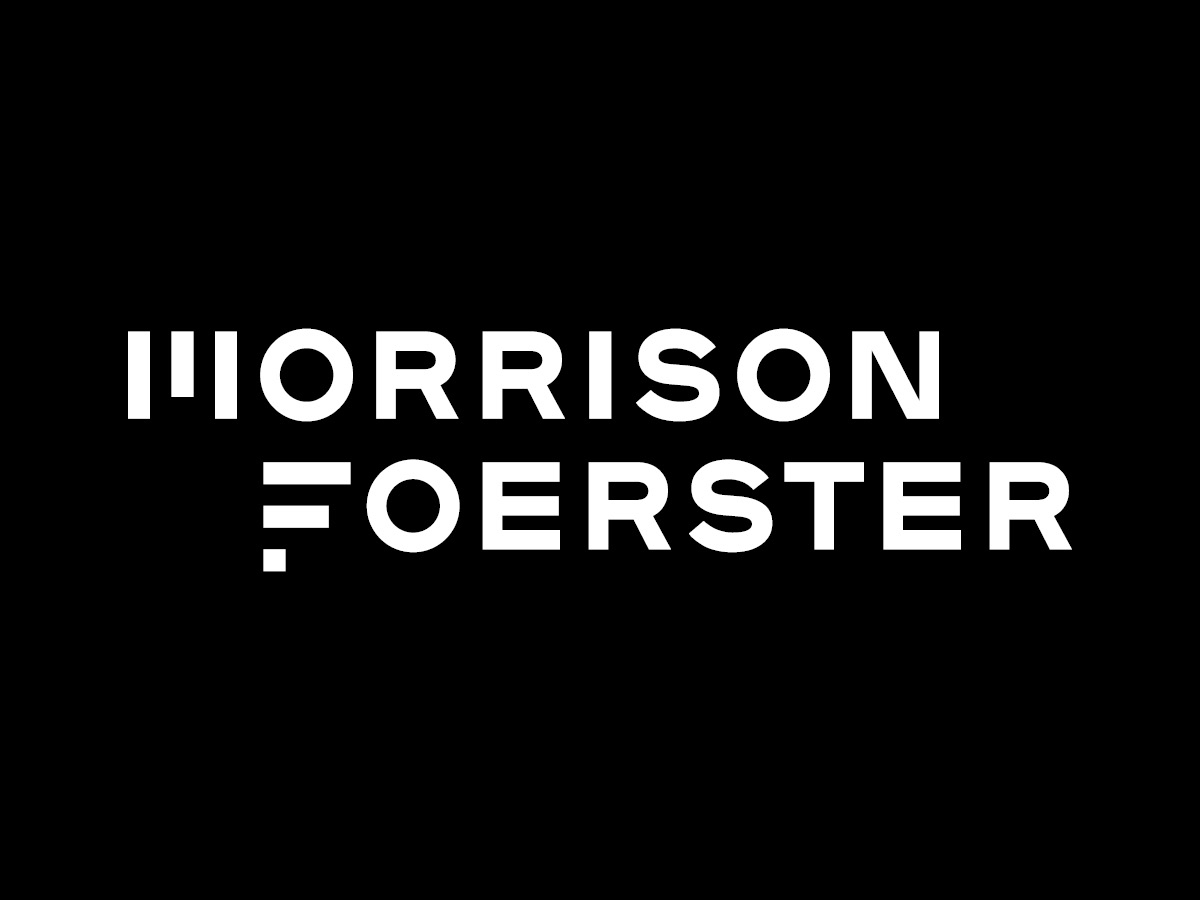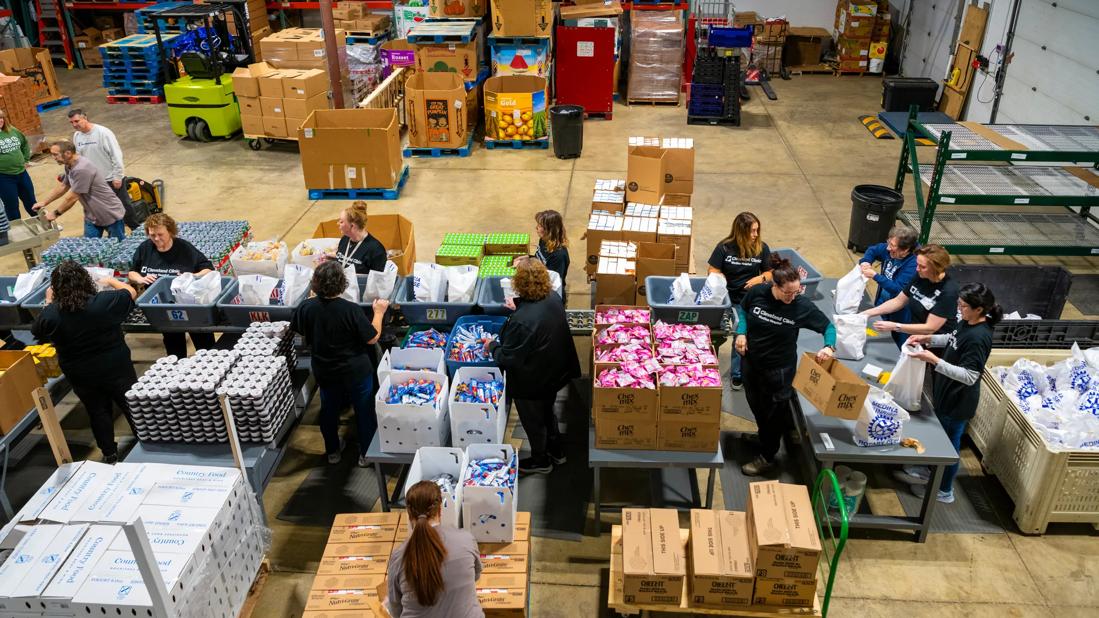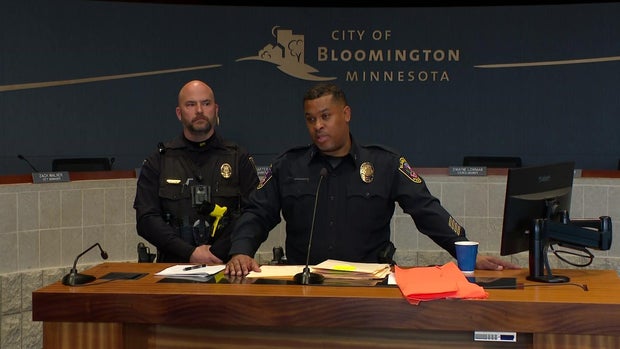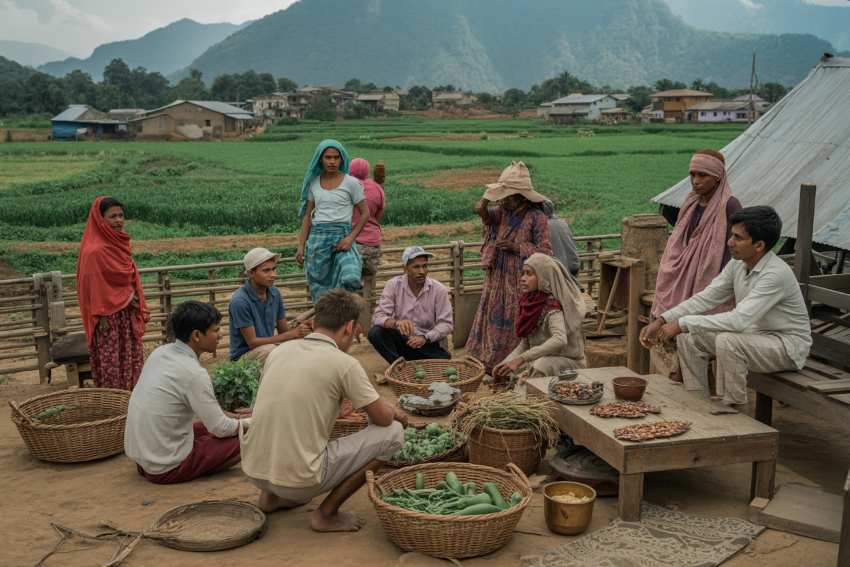Video. WATCH: Benin celebrates cultural heritage at Mask Festival – Euronews.com

Report on Benin’s Cultural Festival and its Alignment with Sustainable Development Goals
Event Summary and Cultural Context
- A cultural festival was held in Porto-Novo, Benin, featuring performers in traditional wooden masks and vibrant fabrics.
- The event included drumming and dance performances to enact stories passed down through generations.
- The festival is intrinsically linked to the cultural and spiritual heritage of the Yoruba, Somba, and Betammaribe communities.
Alignment with SDG 11: Sustainable Cities and Communities
The festival directly supports Target 11.4, which calls for strengthening efforts to protect and safeguard the world’s cultural and natural heritage.
- Preservation of Intangible Heritage: The event is a living repository of traditions, with masked figures like Egungun and Zangbeto representing ancestral spirits that connect the living with the spiritual world.
- Fostering Community Identity: By celebrating shared beliefs and histories, the festival strengthens social cohesion and a sense of place, contributing to the creation of inclusive and resilient communities.
- Safeguarding Cultural Practices: The performances ensure the continuity of traditional craftsmanship (mask making), music, and oral histories for future generations.
Contribution to SDG 8: Decent Work and Economic Growth
The event is a key driver for Target 8.9, which aims to devise and implement policies to promote sustainable tourism that creates jobs and promotes local culture and products.
- Promotion of Cultural Tourism: The Beninese government strategically promotes the festival to attract international tourism from Europe, neighboring countries, and other global regions.
- Economic Stimulation: This influx of visitors generates revenue for local businesses, artisans, and the hospitality sector, contributing to local economic growth.
- Strategic Development: Officials have identified the festival as playing an increasingly significant role in Benin’s national tourism and cultural strategy, integrating cultural preservation with sustainable economic development.
Analysis of SDGs in the Article
-
Which SDGs are addressed or connected to the issues highlighted in the article?
- SDG 8: Decent Work and Economic Growth is addressed through the article’s focus on promoting the festival to boost the local economy. The text explicitly states the government’s aim is to “boost cultural tourism” and that the festival is a key part of “Benin’s tourism and cultural strategy.”
- SDG 11: Sustainable Cities and Communities is connected through the theme of preserving and promoting cultural heritage. The festival is described as celebrating “stories passed down through generations” and features “masked figures such as Egungun and Zangbeto” which are central to the cultural and spiritual life of local communities.
-
What specific targets under those SDGs can be identified based on the article’s content?
- Target 8.9: “By 2030, devise and implement policies to promote sustainable tourism that creates jobs and promotes local culture and products.” The article directly reflects this target by describing how “The Beninese government promotes the event to boost cultural tourism.” This policy action simultaneously promotes local culture (dances, masks, stories) and aims for economic benefits through tourism.
- Target 11.4: “Strengthen efforts to protect and safeguard the world’s cultural and natural heritage.” The festival itself is an act of safeguarding intangible cultural heritage. The article highlights this by mentioning “stories passed down through generations” and cultural practices of the “Yoruba, Somba, and Betammaribe communities.” The government’s promotion of the festival is a clear effort to strengthen the protection and visibility of this heritage.
-
Are there any indicators mentioned or implied in the article that can be used to measure progress towards the identified targets?
- Indicator 8.9.1: “Tourism direct GDP as a proportion of total GDP and in growth rate.” This indicator is implied. The article’s statement that the festival is playing an “increasing role in Benin’s tourism and cultural strategy” suggests that the government is measuring, or aims to measure, the economic impact and growth of cultural tourism as a contributor to the national economy.
- Indicator 11.4.1: “Total expenditure (public and private) per capita spent on the preservation, protection and conservation of all cultural and natural heritage…” This indicator is implied by the statement that “The Beninese government promotes the event.” This promotion inherently involves public expenditure—on organization, security, marketing, and infrastructure—dedicated to the preservation and celebration of cultural heritage.
-
Create a table with three columns titled ‘SDGs, Targets and Indicators” to present the findings from analyzing the article. In this table, list the Sustainable Development Goals (SDGs), their corresponding targets, and the specific indicators identified in the article.
SDGs Targets Indicators SDG 8: Decent Work and Economic Growth Target 8.9: Promote sustainable tourism that creates jobs and promotes local culture and products. Indicator 8.9.1 (Implied): Tourism direct GDP as a proportion of total GDP and in growth rate. SDG 11: Sustainable Cities and Communities Target 11.4: Strengthen efforts to protect and safeguard the world’s cultural and natural heritage. Indicator 11.4.1 (Implied): Total expenditure per capita spent on the preservation, protection and conservation of all cultural heritage.
Source: euronews.com

What is Your Reaction?
 Like
0
Like
0
 Dislike
0
Dislike
0
 Love
0
Love
0
 Funny
0
Funny
0
 Angry
0
Angry
0
 Sad
0
Sad
0
 Wow
0
Wow
0


















